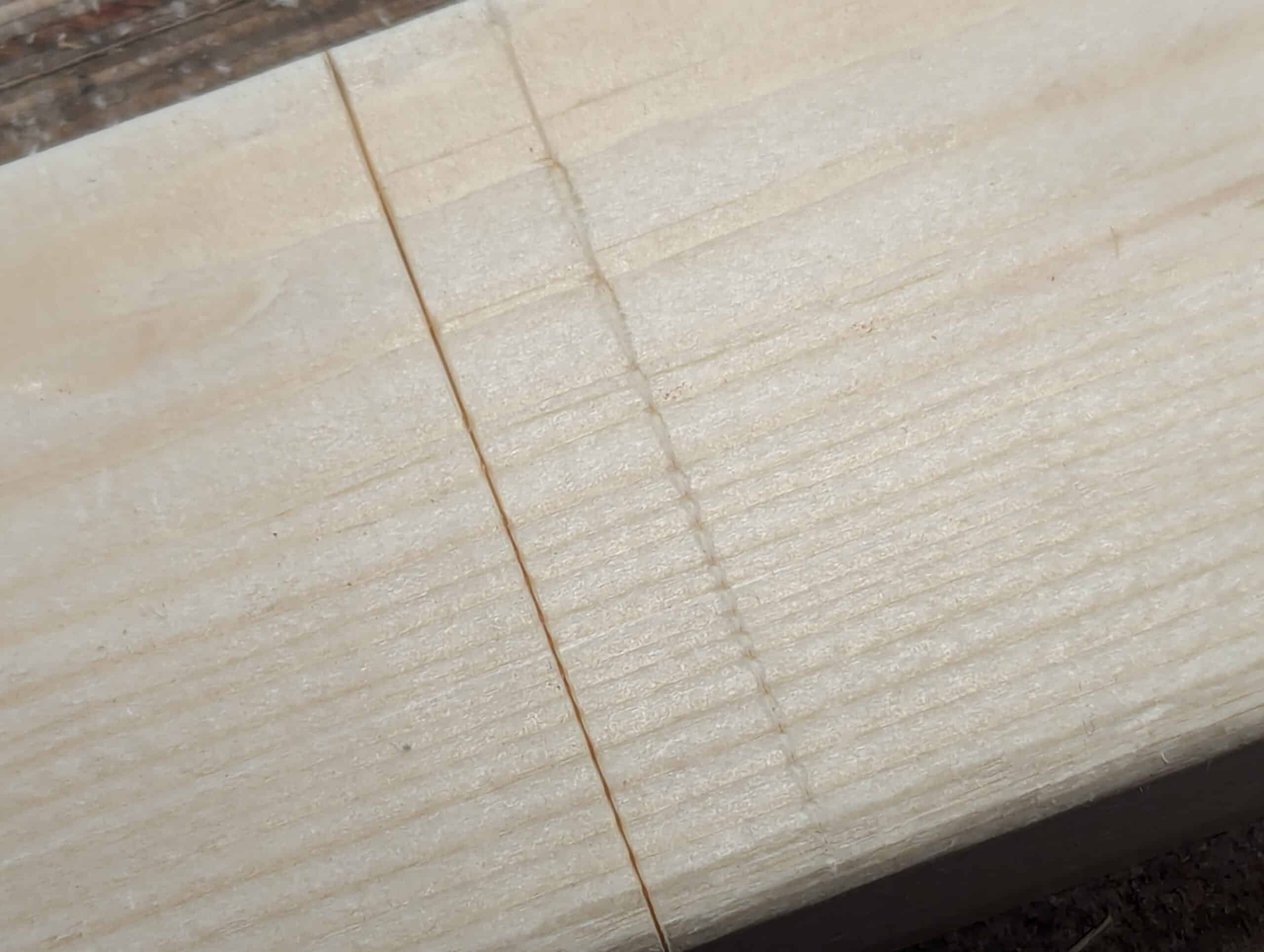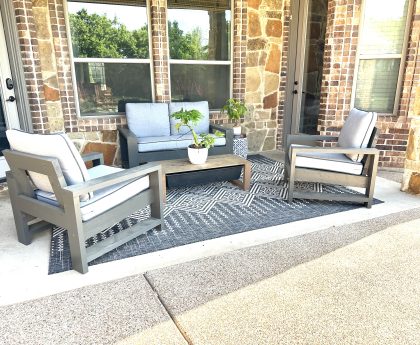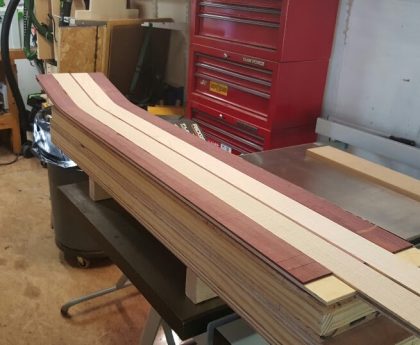It’s only a knife, one with no attractive qualities beyond its inexpensive price and availability. It’s one of the cheapest to be found on any market and as far as functionality goes you cannot beat it no matter what you pay for such a working knife. But would an ebony or a rosewood handle offer any more than possibly better looks? My `Stanley folding pocket knife exceeds all of the others I have ever used bar none so without exception. There are one or two other similar but not quite the same knife types around. No other knife comes close to the Stanley 0 10 598. I pick mine up about every other minute and have done so for over a decade now. That’s a lot of knife use and the material I cut with it is not particularly forgiving; wood has all manner of eccentricities ranging from wild grains to a million different knot densities and hardnesses.
I don’t usually go for a product that is more utilitarian and mass-made, but this one suits woodworking of the type I do in making furniture and general benchwork. I like everything about the knife’s functionality: the long point; its slender profile; the thinness of the blade that allows a tight closeness to a dovetail side or straightedge. The blade is amply strong enough for all woods, and, most importantly for me, it can be resharpened many a dozen times which is always quicker than changing the blade.
Why am I promoting such a knife when I rarely name products? Well, mostly it’s because there is no equal match I suppose. Also, I can rely on it, which I do, and it has proven to be a very reliable tool. I have many nice knives, a collection of homemades and others through the decades; I have two commercial versions in my right-hand jeans pocket right now and I have carried a knife there for 60 years and never go anywhere without one. I have also enjoyed making knives for my work through the decades. When I first saw this Stanley version come on the market it was an answer to my shop classes. Students immediately loved them.
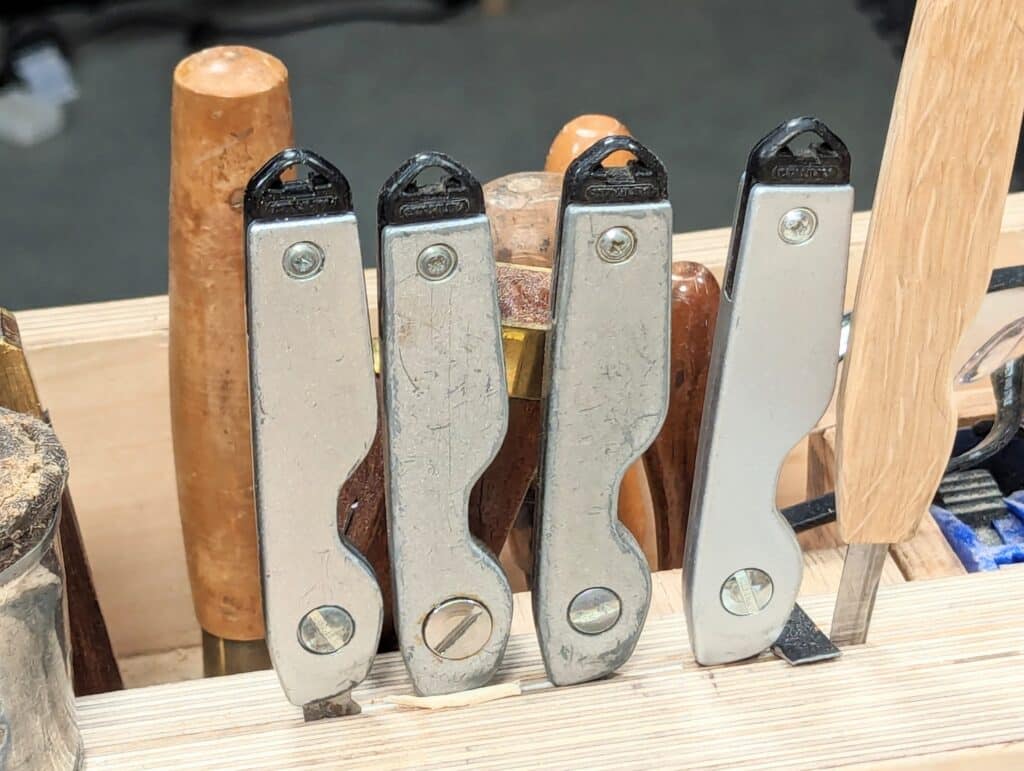
If I misplace one of the five Stanley pocket knives always arrayed in a row on my workbench but now somewhere loose on my benchtop then I go for the immediacy of one in my other types in my pocket. The Stanley version has a lock blade when opened and in use and the folding aspect of the knife works well for pocketing if I want or need to. Even though all of the internal mechanisms are polypropylene, I have never had any part break or fail.

Where the knife truly excels is in initiating and deepening my knifewalls surrounding dovetails and the shoulder lines of tenons for M&T joints or the sides of housing dadoes. The slender blades and the long point get me right and tight into the corners and with a light pass, the knifewall is so very fine––critical for perfect cut lines and tight-fitting joints. But there on those shoulder lines the knife slices perfectly. Press the knife steadily and carefully to follow the blade of the square and your shoulder lines will always come out spot-on, dead square every time. My first knife now has no powder-coating left and is smooth as silk, which I like. It’s my favourite.
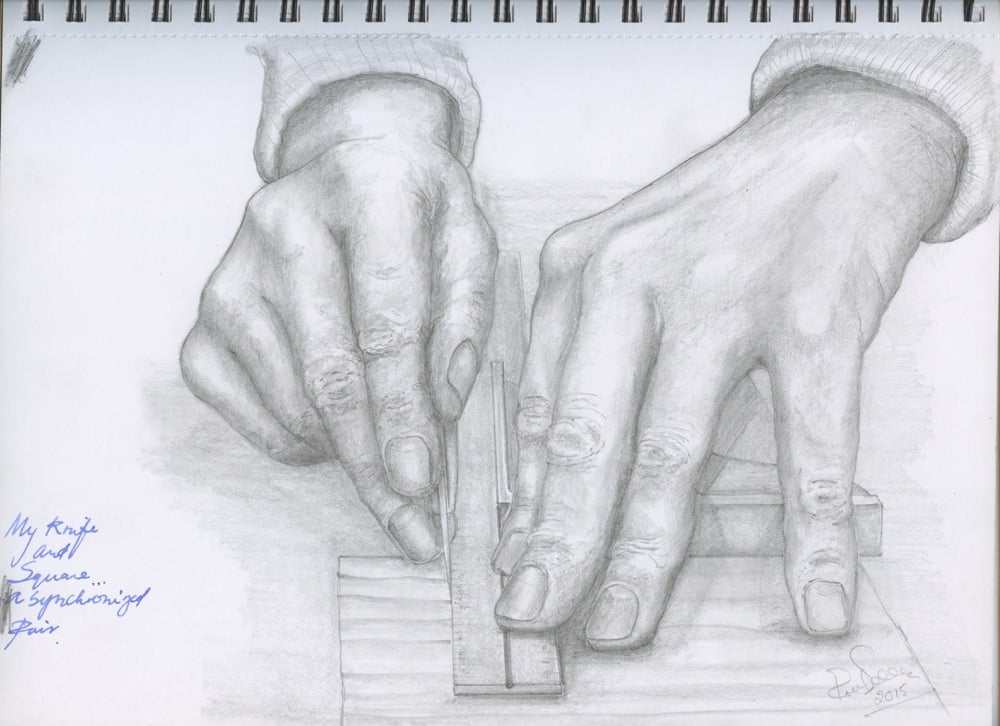
Why this, Paul? Some tools are just well worth sharing. It’s funny that the least expensive most utilitarian tool I use minute by minute deserves the accolade of best used tool. Just under £7 plus VAT brings it home on Prime for £8.35. You can buy three blades for £1.75 so with the two with the knife that’s a couple of year’s work. You can buy 50 blades for £23. and that’s a lifetime of woodworking no problem.
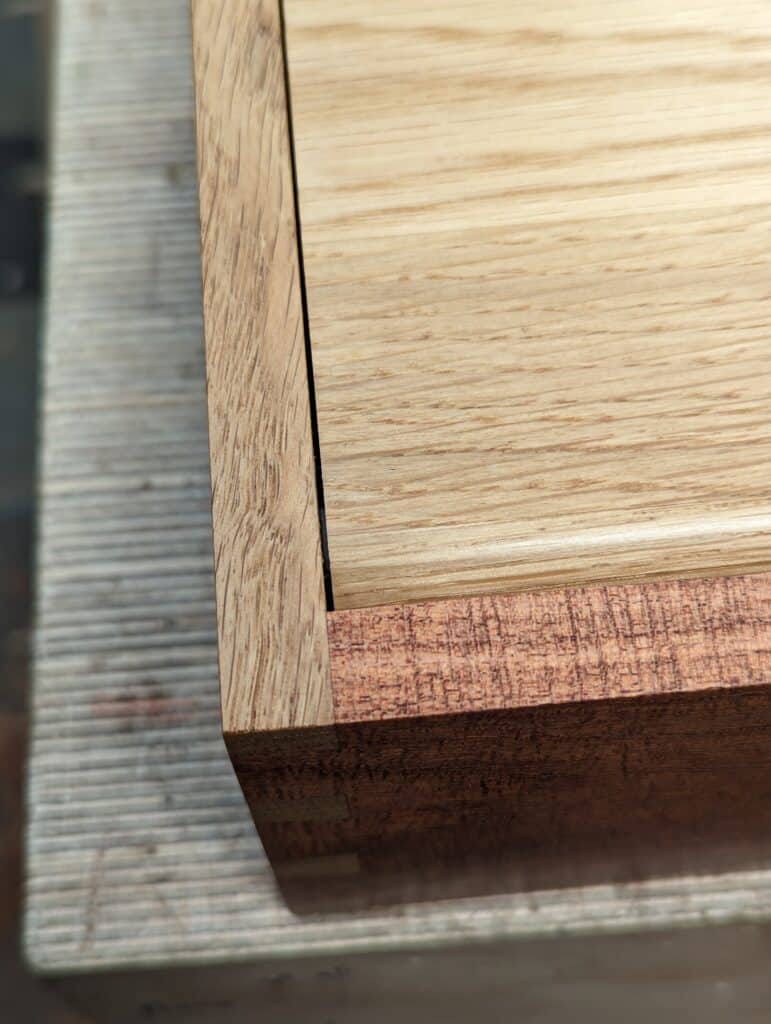
Why knifewall? I coined this term because it so accurately describes what the knife actually does in practice. In teaching my hands-on classes to thousands through the decades, I found myself subconsciously using this term simply because it best described what I was establishing in pulling the knife across for the cross-grain cuts on shoulderlines. As the chisel and saw cuts held to a definitive line, it establishes the tightest cutting line and acts as a wall for subsequent cuts with knives, chisels and even shoulder planes, bullnoses and such. In actuality, it eliminates the need for any shoulder planes hence my never being seen to use one in my videos. I certainly do not deny the added benefit of owning a shoulder plane but as the knifewall always guarantees dead-on squareness, it is more a luxury plane and is rendered redundant for truing up shoulders to tenons which is very limited if using the knifewall.
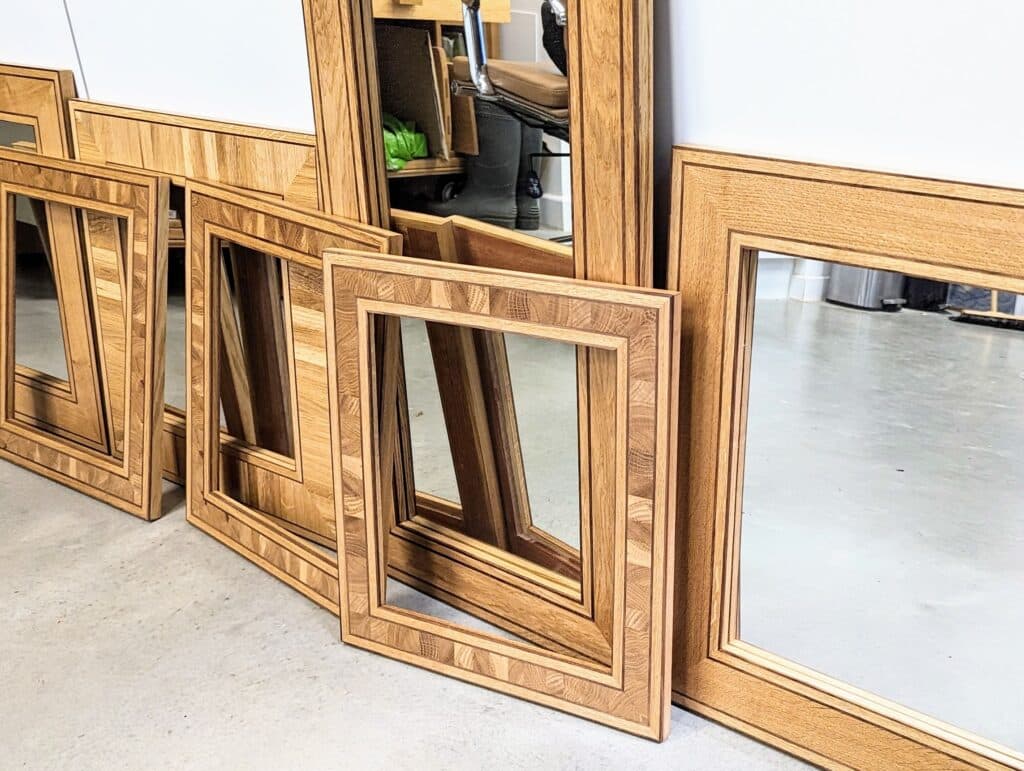
My mitres on a picture frame in a recent video series (where I actually made fifteen picture and mirror frames) came from the knifewalls for each of the forty-five corners. All that was left was to get the lengths bang on and the mitred corners always came out perfectly. Ninety-nine per cent of bench work is ninety-degree cutting to the long axis of the grain in the wood. If you are uncompromising in establishing the knifewalls and working to them then it pretty much guaranteed square frames, square boxes, drawers, doors, panels and so on. It becomes almost impossible to make any of these out of square and that results in the overall project being square in the end result too.
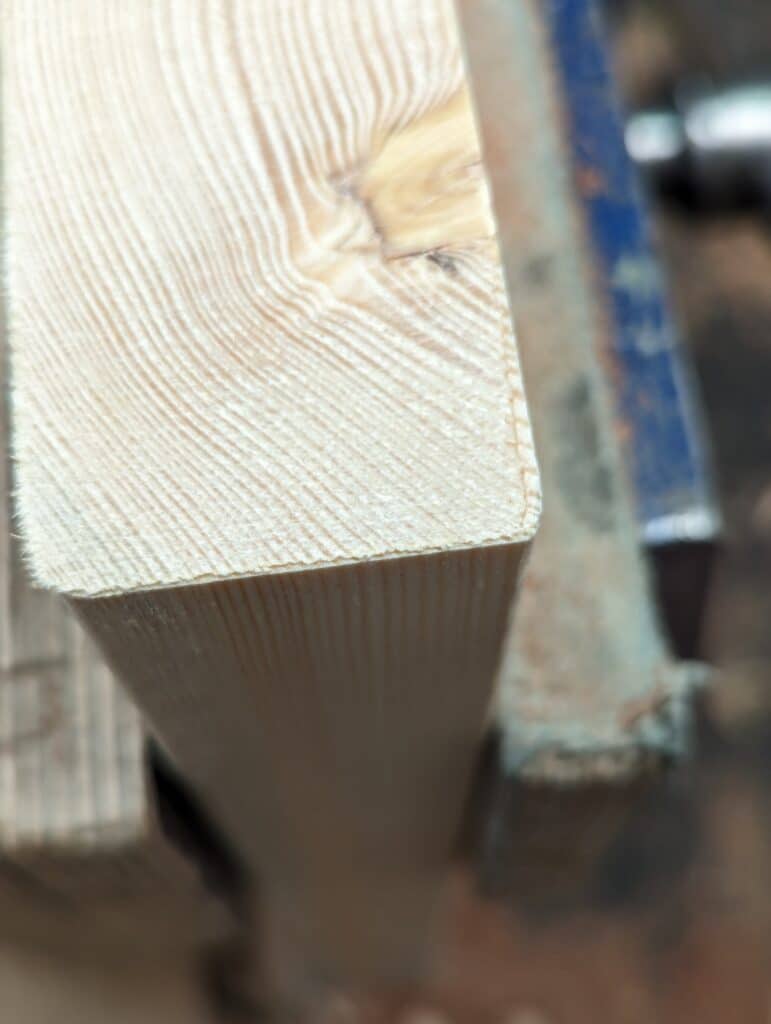
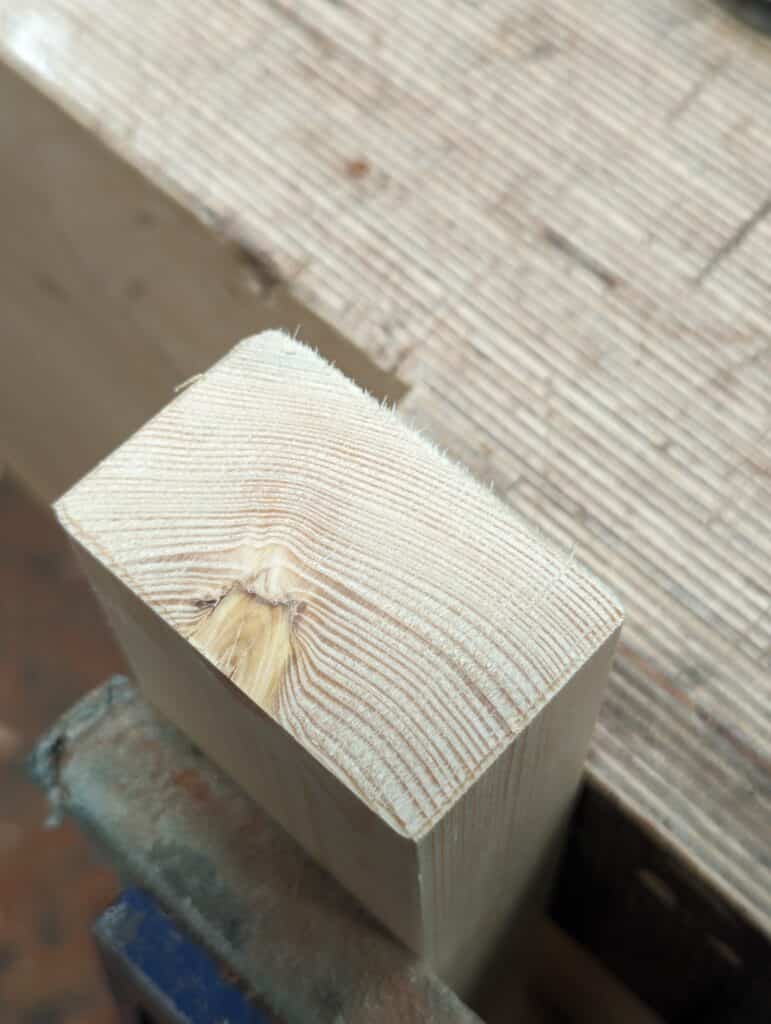
It’s funny that an Aussie site quotes me as saying I invented the knife wall even though I have been clear that the physical making of a knife wall with a knife in wood across the grain for making joints and cut lines predate historical writing as such. What I actually lay claim to is a more precise naming or perhaps renaming of the practice and dismissing more erroneous terms commonly used as suitable in my area of precision woodworking. Marking knife, and striking knife fall far short for my working with the knife and then too for my audience and the ones I teach and train in furniture making rather than carpentry. With my use of the knife, I create a physical wall, a barrier if you will up to and against which other tools are led in the cut and severing of fibres across the grain. I do wish that they would get it right but when someone is offended they usually are blinded by their own pride and intent. A marking knife simply scores the surface and that with a dull implement and especially was this so before graphite pencils came into common use. A striking knife similarly marks the surface as in striking marks on the wood with a point.

As these were more rarely sharpened the outcome on every marking knife I ever came across was too dull to cut even butter. As it is in most cases, stand out from the crowd and terms and practices you never claimed as yours become their source of misinformation and offence and another source of malcontent for other misinformed commenters to use as a platform. As stated, the term knifewall was not used anywhere in the history of woodworking until I started using it for clarity in my classes hands-on. All I did was claim the term and not the practice. Others now use it when they never did until they heard it from my using it and passing it on to millions to date. What is also common is to never contact me personally and ask me the right questions. It’s more common nowadays to misquote and create issues that actually never existed. A sad reality of current platforms universally. On this particular forum they also drop in the usual terms like cult-following and narcissism for good measure.
